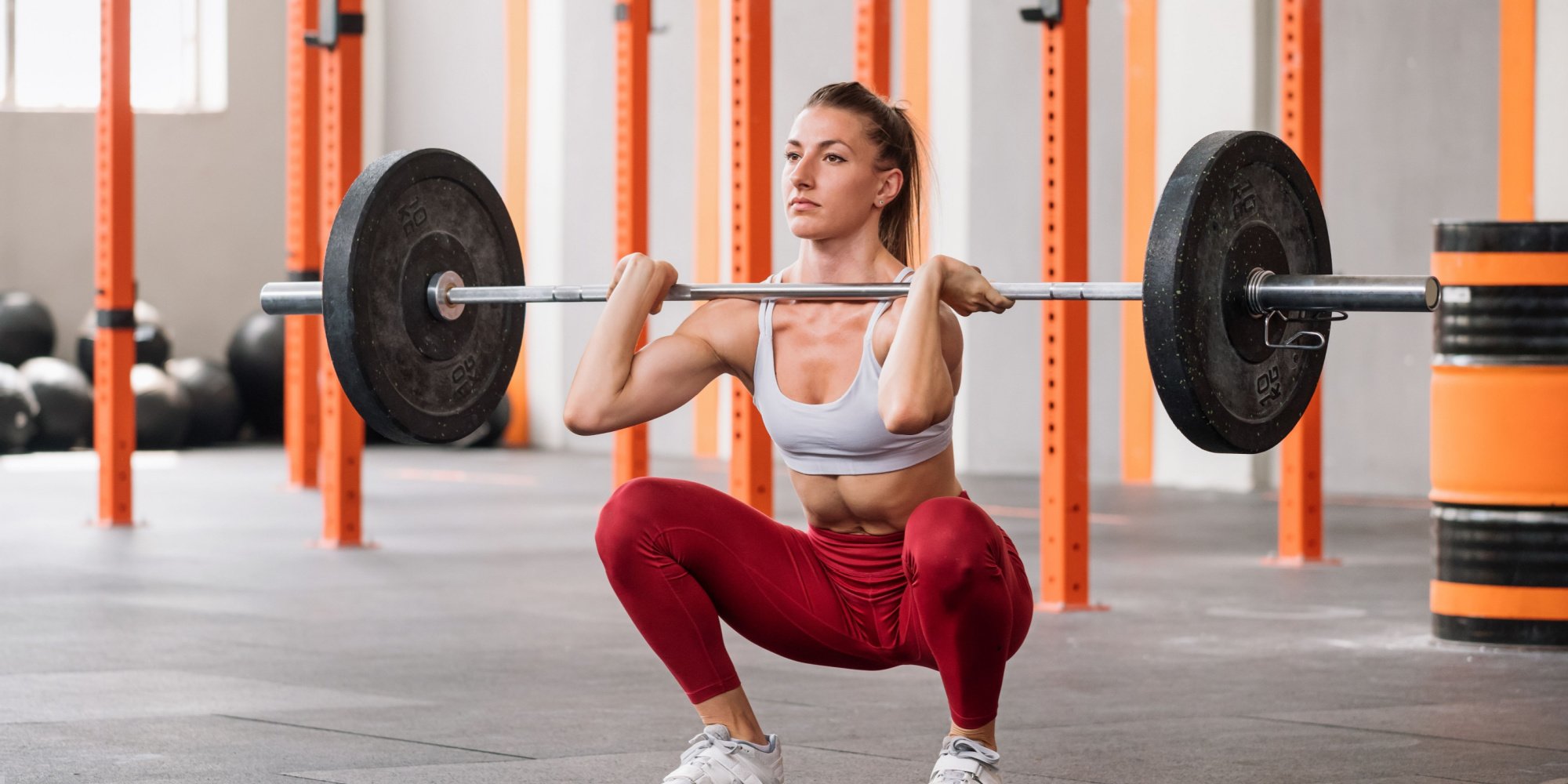Which is Better – Front Squat or Back Squat?
Jun 26, 2023 mindpumpThe squat is a fundamental movement that should be practiced by everyone. And if you’re not working on perfecting your squat mechanics, then you’re missing out on a key opportunity to gain incredible lower body strength, mobility, and power.
Another great thing about squats is that there are so many variations one can choose from, that beginners from advanced lifters can take advantage of. Sooner or later, you’ll likely gravitate toward a certain squat exercise, whether that involves barbells, kettlebells, dumbbells, or even body weight movements.
One question that comes up a lot is whether the back squat is superior to the front squat, or vice versa.
And like with many things in the fitness and health space, it really just depends.
Argument for the Front Squat
Whether the barbell is sitting high (above your traps) or low (below your traps), when it comes to back squats, some people find the spine compression a little uncomfortable. The bar should never be resting on your vertebrae, but there is still A LOT of force pressing down on the spine. Executing front squats with the barbell placed on your anterior delts takes a lot of pressure off your back; if you’re not sure if the barbell is placed in the right spot, you should be able to load the barbell and straighten your arms forward so that they are parallel to the ground.
Because of where the weight is loaded, front squats force you to take a more vertical descent, placing more emphasis on the quadriceps, hip flexors, and abdominal muscles. You’ll need to stabilize a bit more with this type of squat, because the front-loaded weight will naturally want to bring you, well, forward. There is less of a hip-hinge movement with a front squat, which means the muscle fibers of the hamstrings and glutes aren’t recruited as much as they would with a back squat.
And finally, the front squat enables you to have a greater amount of knee and ankle flexion than the back squat. Improving ankle mobility is a goal many lifters have, and practicing their squats with the barbell loaded anteriorly can help with ankle and knee range of motion.
Argument for the Back Squat
If you want to emphasize the glutes and hamstrings, then the back squat is the way to go. There needs to be a hip-hinge motion to be able to do a back squat, which means there is greater distribution of force or work among the entire lower extremity.
Those who lack mobility in their wrists and shoulders may have a difficult time maintaining position with a front-loaded squat. With a back squat, your scapula is in a more retracted position, and there is much less wrist extension and shoulder flexion when gripping the barbell; this can equate to a much more comfortable position for the lifter.
With this in mind, it is much easier (for most) to maintain proper posture throughout the back squat. The back squat does require you to engage the lower back, or erector spinae, more than the front squat, but the ability to stabilize the local core muscles (transverse abdominis, multifidus, pelvic floor, and diaphragm) is usually more attainable for someone who is new to lifting, compared to the front squat.
In the end, it really depends on your goals and the muscles you want to focus on. I like to tell people to dedicate periods of time throughout the year to improve on both variations. Practicing both the front and back squat will improve overall strength and can help prevent muscle imbalances.







